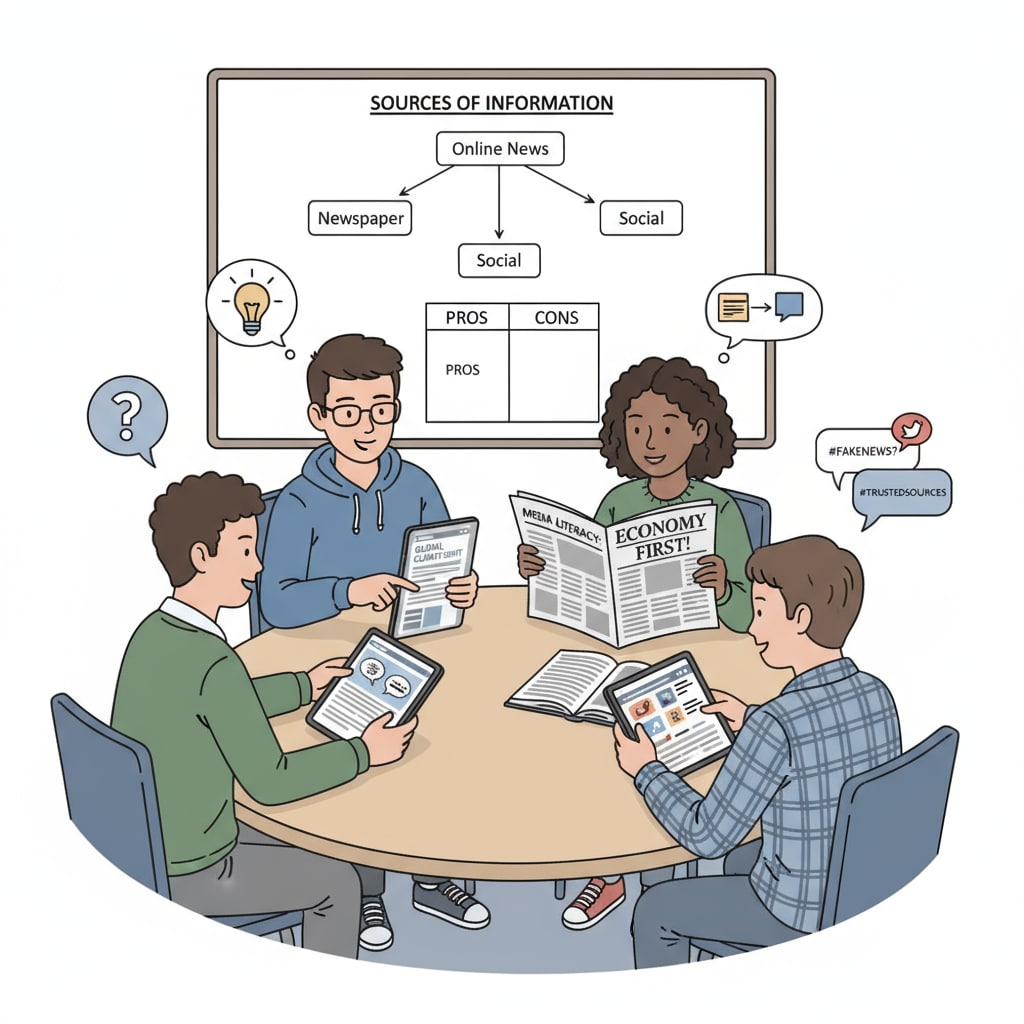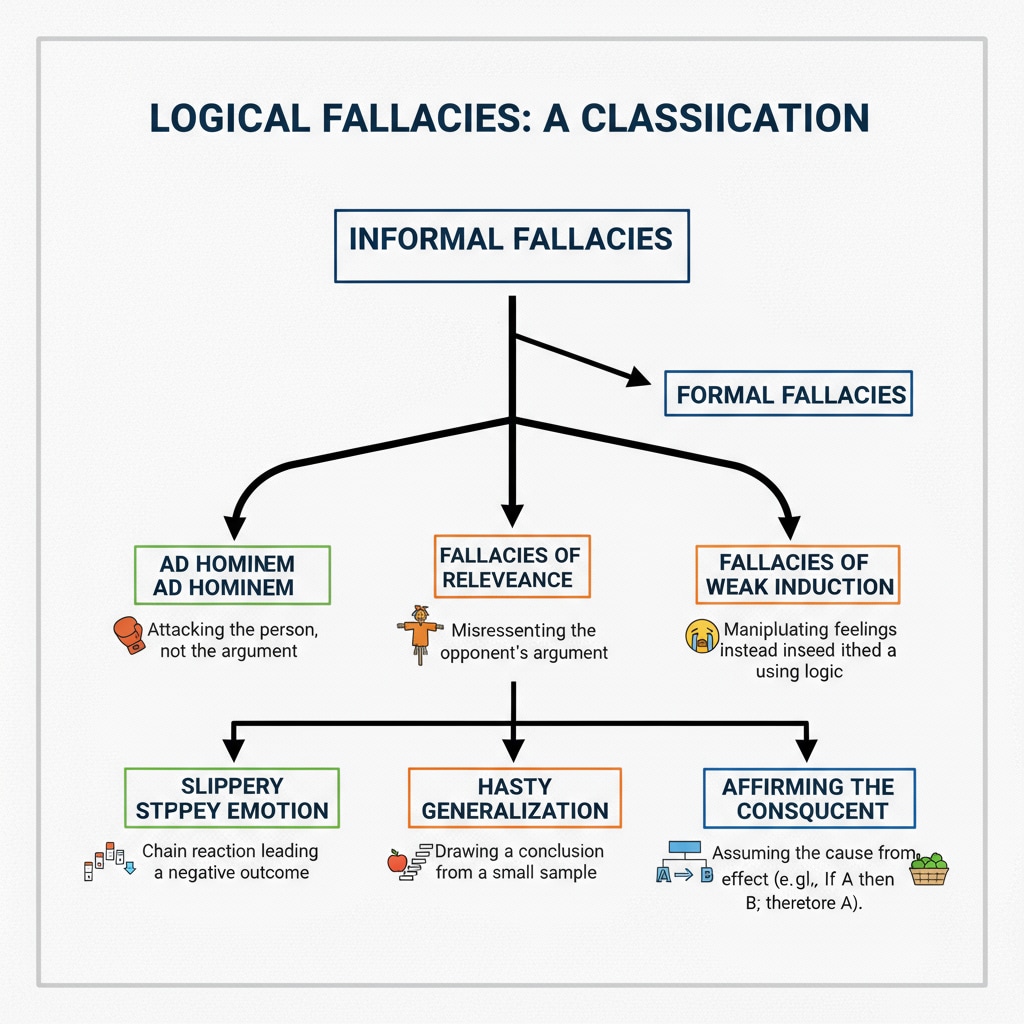In the age of information explosion, logical fallacies, critical thinking, and propaganda recognition have become essential skills for high school students. With the vast amount of information available, students are constantly exposed to various viewpoints and forms of propaganda. Without the ability to identify logical fallacies, they may be easily misled.

The Prevalence of Logical Fallacies in Information
Logical fallacies are everywhere in the information we encounter daily. For example, in advertising, companies often use fallacies like the bandwagon fallacy, suggesting that everyone is using their product, so you should too. As a result, students need to be taught how to spot these fallacies. According to Wikipedia’s page on logical fallacies, there are numerous types of fallacies that can be found in different forms of communication.

Cultivating Critical Thinking through Logic Fallacy Education
Teaching students about logical fallacies is an effective way to cultivate critical thinking. When students learn to recognize fallacies, they start to question the validity of arguments. For instance, if they encounter a false cause fallacy, they will be able to analyze whether the supposed cause and effect relationship is actually valid. This ability to think critically is not only beneficial for academic success but also for making informed decisions in life. As stated on Britannica’s page on critical thinking, critical thinking involves evaluating information and arguments.
Moreover, understanding logical fallacies helps students in their writing and speaking. They can avoid making fallacious arguments themselves and present more coherent and persuasive ideas. In addition, it enhances their ability to engage in meaningful discussions and debates with their peers.
Readability guidance: By focusing on these aspects of logical fallacy education, we can see how it plays a vital role in developing students’ critical thinking skills. It’s important to break down complex concepts into understandable parts, use examples to illustrate points, and maintain a clear and concise writing style.


